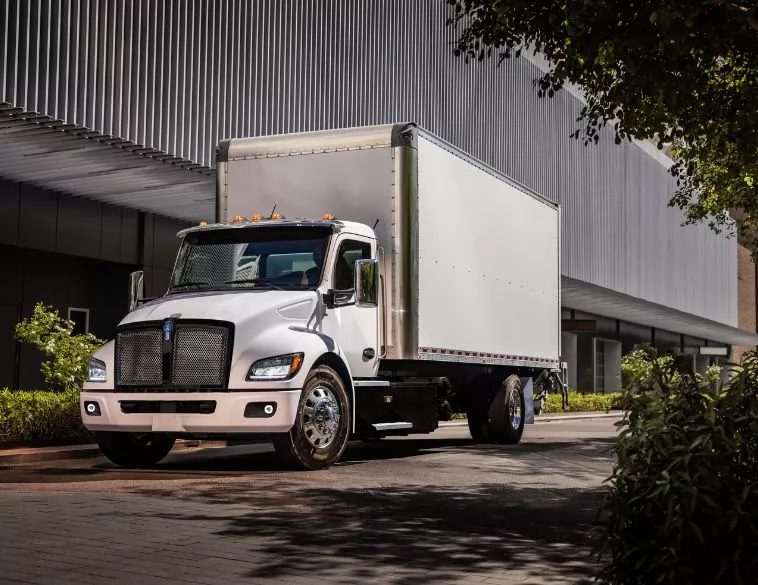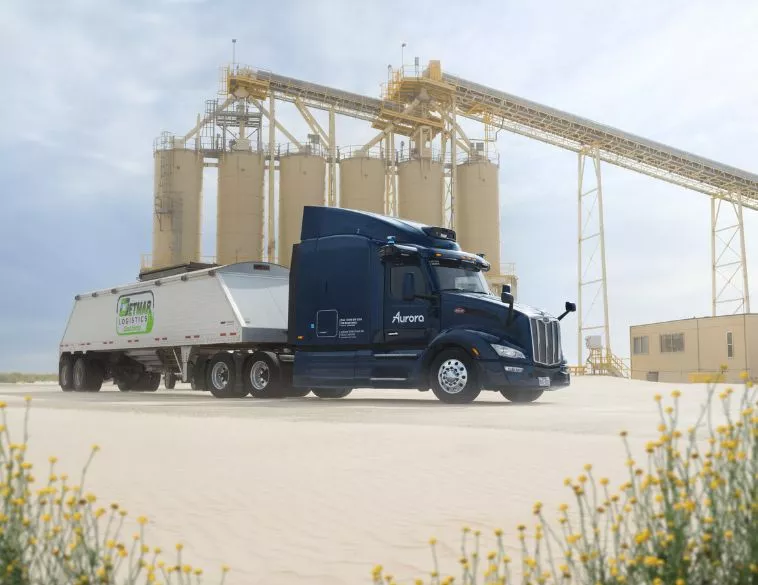Planning for a Resilient Future
The COVID-19 pandemic revealed lots of things, including ways to mitigate future challenges when it comes to fleet vehicle procurement.
Pandemics, supply chain disruptions, trade wars, geopolitical tensions. All of these have severely disrupted the automotive and transportation sectors over the last several years. For fleet managers, this has resulted in a whole host of challenges in which to navigate their businesses through.
Correction and strategy
With that in mind, NAFA hosted an Education Session entitled Post-Supply Chain Fleet Correction and Planning for a Resilient Future during its 2025 Institute & Expo (I&E) Conference at the Long Beach Convention Center in Long Beach, California.
Assembled for the panel discussion were Chris Brown, Associate Publisher, Automotive Fleet, Tim Mundahl, Director of Fleet Consulting, Merchants Fleet; along with Charles Mathew, Assistant Director, Order & Upfit at Merchants, as well as Justin Lamden, National Sales Manager, Large Commercial Fleet for Stellantis and Shelby Simpson, Manager, Strategic Partnerships, Adrian Steel.
Stronger relationships
While the COVID-19 pandemic was horrendous and hugely disruptive for many businesses, Justin Lambden noted that one benefit was that it forged closer and stronger relationships between stakeholders in the fleet industry, allowing them to look at solving problems collectively and navigating through the highly unpredictable situation.
One of the biggest changes that occurred during the pandemic was a massive decline in vehicle availability. Supply chain disruptions and idling of manufacturing facilities meant that order banks were not open to fleet customers and if they were, vehicle availability was extremely limited and incentives often non-existent. Charles Mathew noted that a shortage of semiconductor chips was a huge challenge from OEMs, and one which severely impacted vehicle availability as well as options and features. This resulted in many fleet organizations having to rethink their acquisition and use strategies, altering procurement plans and look at ways to manage and maintain the assets they had.
Retail priority
Mathew said that limited vehicle availability meant that often, OEMs would assemble vehicles as best they could but then keep them on their lots, preventing them from being sold until all the components were installed. And when it came to sales, retail orders were prioritized, leaving fleets starved for inventory and new orders and if they could get them, the lack of incentives and high demand meant significant price increases were commonplace, making a sizeable impact on fleet managers’ budgets.
Tim Mundahl noted that the pandemic emphasized the need for fleet organizations to be nimble and for managers to work directly with other business partners and departments and ensure open communications to make fast and informed decisions. Understanding the process and plans have become essential to ensure that should further challenges arise, fleet managers are well-positioned to handle them successfully and mitigate issues such as fleet procurement costs and timelines.
Condition and mileage
On the subject of used vehicles, Mundahl said that while that can be a very sound option if new orders can’t be fulfilled, use cases as well as vehicle condition and mileage must be considered, since it is traditionally far easier to order a new vehicle that’s tailored to a fleet’s specific requirements than sourcing a slightly used one that may or may not properly fit a particular need within the fleet without modification, either in terms of the product itself, or how it’s utilized.
Besides the vehicles themselves, how fleets work with upfitters in the post pandemic environment is also crucial. When orders are delayed in directly impacts upfitting, which is why, as Shelby Simpson noted, fleets need to view upfitting as a strategic function that’s integral to their business plans and operational strategy and not as an afterthought following vehicle acquisition.
Tim Mundahl, summarized, in stating that by planning early and ensuring that plans are consistent and continuous, while also embodying flexibility, will ensure that disruptions to fleet vehicle acquisition and operations can be mitigated successfully, no matter what changes occur in the market or the economy.






